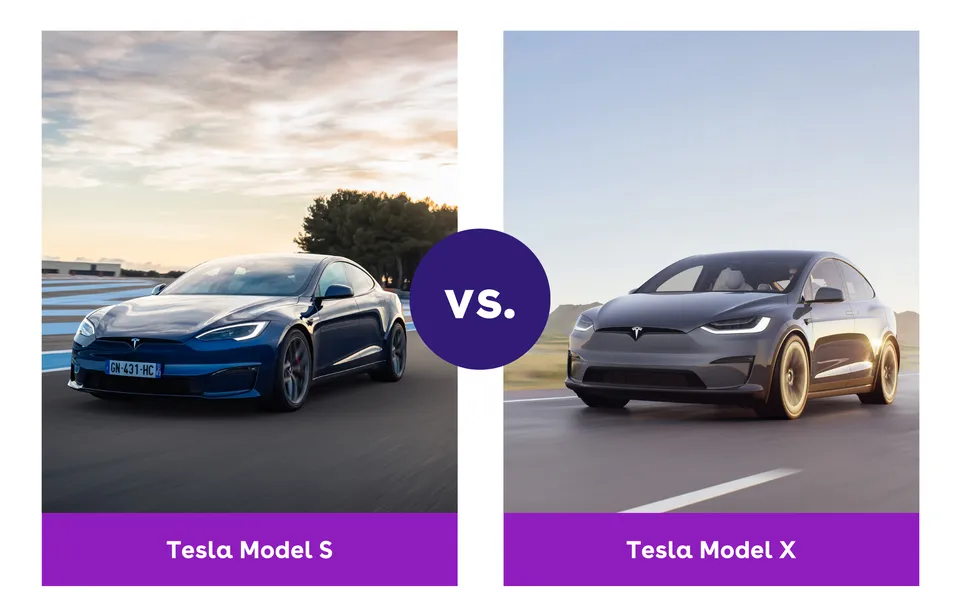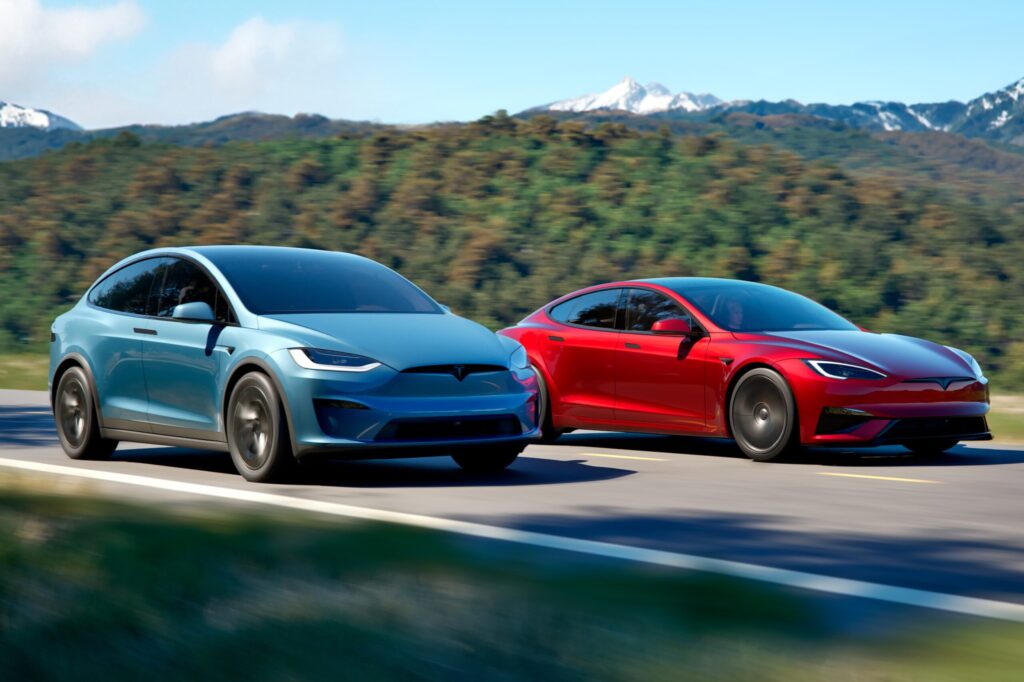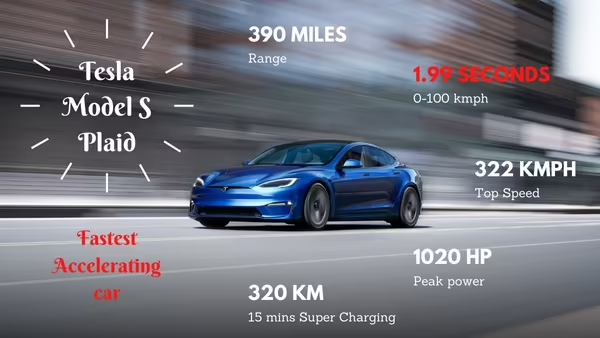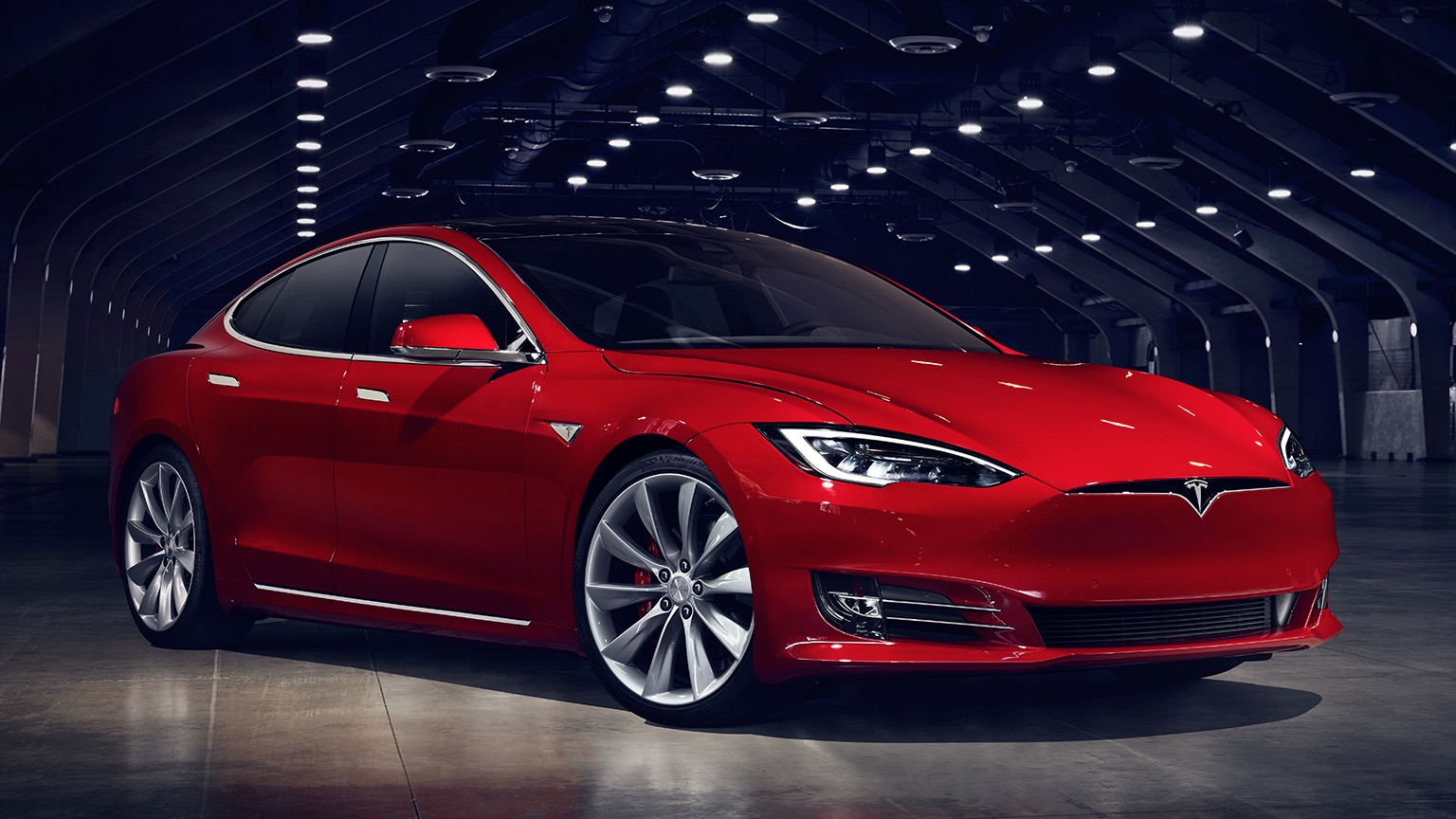Tesla Model S and X have received a significant refresh in June 2025, bringing a host of improvements aimed at enhancing performance, comfort, and technology. With upgrades like increased driving range, active noise cancellation, adaptive lighting, and more refined interiors, these flagship electric vehicles are now better equipped to compete in the evolving EV market. However, the updates come with a $5,000 price increase, sparking debate among fans and critics alike about whether the improvements justify the cost.
What’s New with the 2025 Model S and X?
Tesla’s latest updates focus on refinement and innovation. First, the Model S Long Range now boasts an impressive 410-mile range, the longest of any Tesla vehicle to date. This upgrade addresses range anxiety, a common concern for EV buyers. Additionally, both models feature a new Frost Blue Metallic paint option, priced at $2,500, alongside a sleek exterior redesign. For instance, the Model S Plaid’s styling optimizes high-speed stability, while the Model X gains more third-row and cargo space.
Moreover, Tesla prioritizes comfort with a quieter cabin. Enhanced soundproofing reduces wind and road noise, and advanced Active Noise Cancellation creates a serene driving experience. The addition of a front bumper camera improves visibility, complementing adaptive driving beams for safer nighttime travel. Meanwhile, the Model X sports new wheel designs, including 20-inch Perihelix or 22-inch Machina options, adding a bold aesthetic. However, some critics note that these upgrades may feel incremental for the price hike.

Why the $5,000 Price Increase?
Tesla’s decision to raise prices aligns with its strategy of adjusting costs based on demand, production, and feature enhancements. According to Yahoo Finance, the price hike reflects the added value of improved range, technology, and design. Yet, this move comes at a challenging time for Tesla. For example, U.S. EV registrations dropped 16% in April 2025, signaling a sales slump. Additionally, competitors like Chevrolet and Cadillac are gaining market share with models like the Equinox EV and Lyriq. Thus, the price increase could risk alienating price-sensitive buyers.
On the other hand, Tesla’s premium positioning justifies the hike for loyal customers. The company’s focus on cutting-edge features, like the extended range and advanced noise cancellation, appeals to those seeking luxury and performance. Furthermore, Tesla’s brand remains strong despite a 43.2% U.S. EV market share in Q1 2025, down from 52.7% the previous year. By investing in its flagship models, Tesla aims to maintain its edge in the luxury EV segment.
Tesla’s Broader Strategy: Beyond Cars
Interestingly, Tesla’s upgrades to the Model S and X coincide with its pivot toward autonomous technology. In June 2025, CEO Elon Musk announced plans to launch a robotaxi fleet in Austin, Texas, using 10 to 20 Model Y vehicles. This initiative, set to begin tentatively on June 22, underscores Tesla’s ambition to lead the autonomous driving market. The Model S and X upgrades, particularly the front bumper camera, align with this vision by enhancing sensor capabilities for future self-driving features.
However, the robotaxi rollout faces hurdles. Safety experts, like Carnegie Mellon’s Phil Koopman, express skepticism about Tesla’s technology, citing a lack of transparency. Moreover, competitors like Waymo have struggled in dynamic environments, suggesting Tesla’s system may rely heavily on remote teleoperators. Despite these challenges, Wedbush analyst Dan Ives predicts Tesla could expand its robotaxi fleet to 20–25 cities within a year, positioning the company as a leader in AI-driven mobility.

Market Challenges and Political Risks
Tesla’s price increase also comes amid broader market and political challenges. For instance, a public feud between Musk and President Donald Trump in June 2025 triggered a $150 billion market cap wipeout. Trump’s proposed tax bill, which would eliminate the $7,500 EV tax credit by late 2025, threatens Tesla’s sales. Additionally, new fuel-economy rules could reduce the value of Tesla’s emissions credits, a significant revenue source that accounted for 40% of profits last year. These factors highlight the political risks tied to Tesla’s future.
Furthermore, Tesla faces growing competition. Legacy automakers like Porsche (249% Q1 sales growth) and Toyota (196%) are outpacing Tesla’s 9% U.S. sales drop in Q1 2025. Meanwhile, Chinese rival BYD is aggressively expanding, raising concerns about market saturation. To counter this, Tesla must leverage its brand loyalty and technological edge, as seen in the Model S and X upgrades.
Consumer Sentiment and Brand Backlash
Another factor influencing Tesla’s strategy is consumer sentiment. Some analysts suggest Musk’s high-profile political involvement may fuel a brand backlash. For example, a Motointegrator and DataPulse Research study links Tesla’s sales declines to Musk’s polarizing public image. In contrast, Tesla’s loyal fanbase remains enthusiastic about the Model S and X updates, as seen in positive reactions on X. Posts from users like @technrok and @stock_news_AI highlight excitement over the new features and premium positioning.
Nevertheless, Tesla must address trust issues with its autonomous technology. TheStreet reports low public confidence in Tesla’s Full Self-Driving (FSD) system, with many viewing it as unsafe. The Model S and X upgrades, particularly the front camera, aim to bolster FSD capabilities, but Tesla needs to rebuild trust to maintain its market lead.

Should You Buy the Upgraded Model S or X?
For buyers, the 2025 Model S and X offer compelling upgrades but at a premium. The extended range, quieter cabin, and new design make them attractive for luxury EV enthusiasts. However, the $5,000 price increase may deter budget-conscious buyers, especially with competitors offering competitive alternatives. If you value Tesla’s brand and cutting-edge tech, these models remain top contenders. Otherwise, consider waiting for potential price adjustments or exploring rival EVs.
In conclusion, Tesla’s 2025 Model S and X upgrades showcase its commitment to innovation amid a challenging market. The $5,000 price hike reflects added value but risks alienating some buyers. As Tesla navigates sales slumps, political risks, and competition, its focus on autonomy and premium EVs will define its future. Whether you’re a Tesla fan or an EV shopper, these updates signal an exciting yet uncertain road ahead.
What’s Next for Tesla?
Looking ahead, Tesla’s focus on innovation and autonomy will shape its trajectory. The Model S and X upgrades reinforce its commitment to luxury EVs, while the robotaxi launch signals a bold bet on AI. However, challenges like declining sales, political risks, and competition require careful navigation. Goldman Sachs recently cut Tesla’s 2025 delivery forecast to 1.575 million units, reflecting weaker demand in key regions like the U.S. and China. Despite this, Tesla’s stock rose 30% over the last quarter, showing investor confidence in its long-term vision.
Additionally, Tesla’s leadership changes add complexity. The departure of Milan Kovac from the Optimus robot program and Ashok Elluswamy’s appointment highlight the company’s focus on AI talent. These shifts, combined with the Model S and X updates, position Tesla to tackle both immediate market challenges and future growth opportunities.

